Cost-To-Serve Analysis Should be Core Planning Tool
Logistics Business Magazine
MARCH 20, 2023
A new white paper from a supply chain consultancy suggests retailers are too fragmented in their approach to determining their Costs-To-Serve (CTS) and should instead adopt CTS analysis as a core, business-critical initiative for informing future decisions and direction. “In CLICK HERE to download the full white paper.


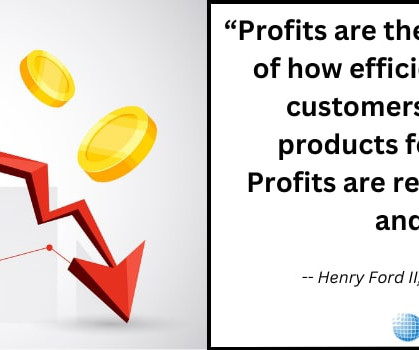
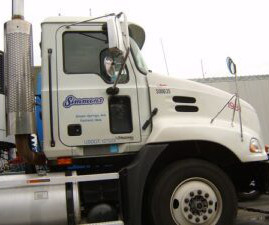
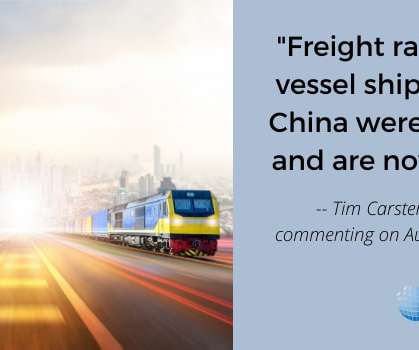








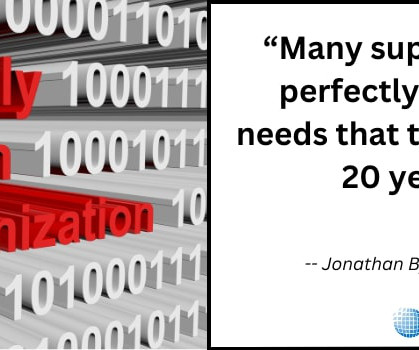



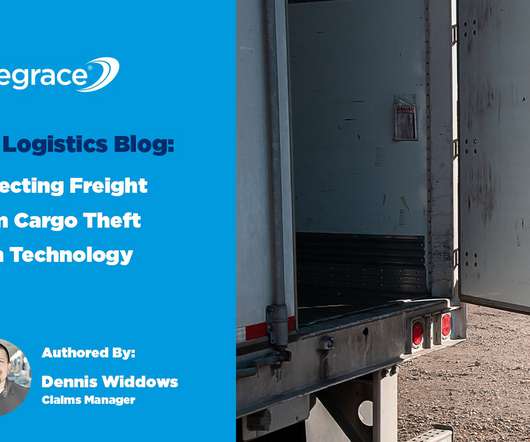














Let's personalize your content